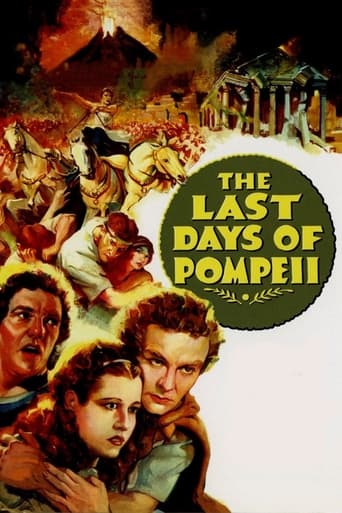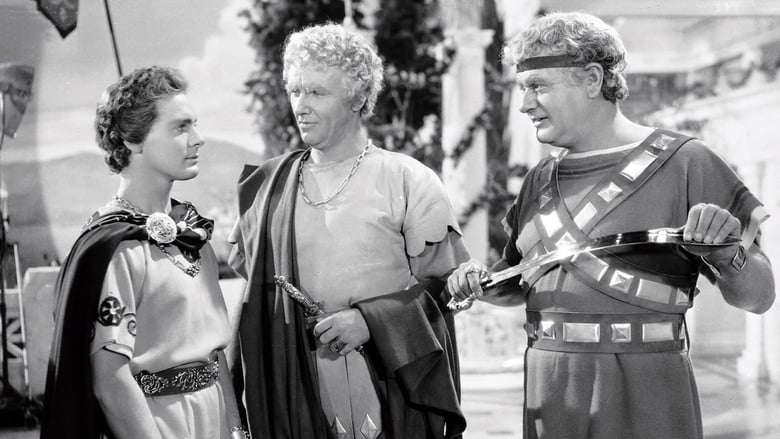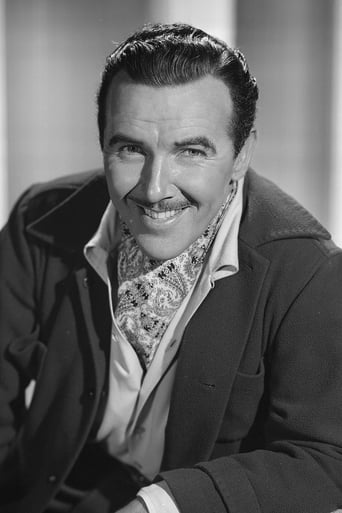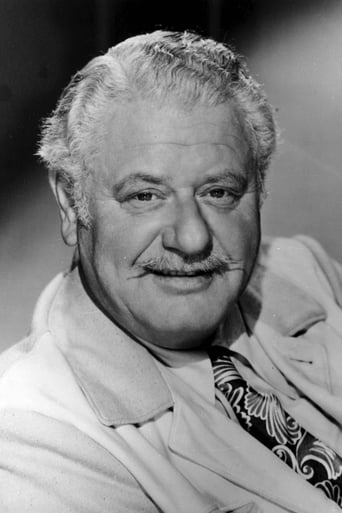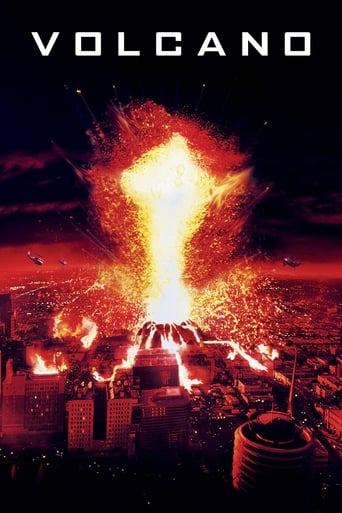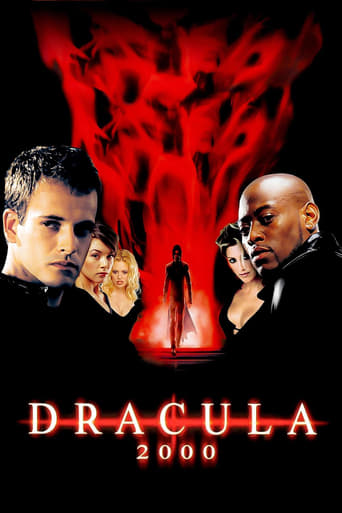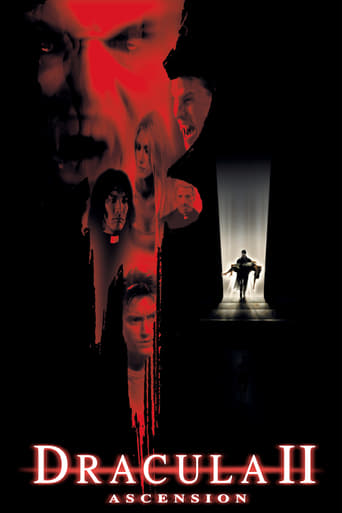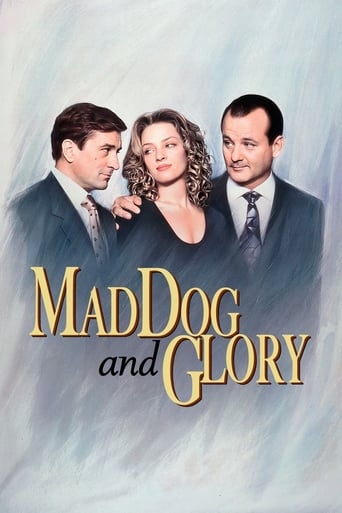The Last Days of Pompeii (1935)
In this action-filled spectacle set in ancient Pompeii, a blacksmith becomes a Roman gladiator, though his rise to wealth and power is jeopardized by his son's Christianity and the eruption of Vesuvius.
Watch Trailer
Cast


Similar titles
Reviews
Masterful Movie
From my favorite movies..
A lot more amusing than I thought it would be.
To all those who have watched it: I hope you enjoyed it as much as I do.
Marcus the Blacksmith (Preston Foster) is a content Roman: He has a lovely wife (Gloria Shea) and infant son. One day a reckless chariot runs down his small family and changes his life for good, as Marcus lacked the funds for immediate medical attention. But one does wonder where the Roman "police" were as there was an effective court/justice system. Anyway, the embittered Marcus decides that making money has become all-important (character change number one). As he has good size and quickness, he becomes a gladiator and earns much money. Upon discovering that one of his dead opponents left a young son, now an orphan (Flavius = David Holt), Marcus decides to adopt the handsome and helpless lad. Now adoption was not unusual in ancient Rome (but another character change for Marcus). Later, after being wounded in gladiatorial combat, Marcus can no longer compete in the arena. He becomes a trader in slaves and horses and becomes wealthy. Meanwhile an old woman, an oracle, tells him to go to Judaea to meet the greatest man in the world. Believing in a special prophesy, Marcus takes his young son to the Levant where he catches glimpses of Christ's Crucifixion. Marcus, though, meets with the local procurator, Pontius Pilate (Basil Rathbone), whom he believes is the great man (even though Christ had cured the ailing Flavius). When he is back at Pompeii, an older Marcus becomes the administrator of the arena spectacles. But by now his grown up son (Flavius = John Wood) has heeded the Christian message. Flavius aids runaway slaves to gain their freedom in far away locales, like Britain. A complication arises when the Romans conquer the island. Eventually Flavius is caught, imprisoned, and sent into the arena for his "crime." The helpless Marcus is unable to free his son. During one of the arena spectacles, Mt. Vesuvius erupts, sending the population into a general panic. It is up to Marcus to make a right decision (another character change) and redeem himself.Preston Foster's performance is adequate. Basil Rathbone, a fine actor, performs the role of Pontius Pilate nicely, especially the procurator's quandary. Pilate knew that Jesus was innocent of the trumped-up charges, but was afraid of the people's reaction. He washed his hands in front of the mob (who, by the way, demanded that the criminal Barabbas be freed instead). Despite the bad decision, Pilate's philosophical and sensitive treatment is closer to reality than realized. The movie has a few flaws, especially the dating problem. My own research places Christ's Crucifixion on 5 April 33 AD (experts overwhelmingly place the year between 30 and 34 AD). Now it is an historical fact that the volcanic eruption of Mt. Vesuvius and destruction of Pompeii and Herculaneum occurred on 24 August 79 AD, or 46 years later. But the movie treats these two events as if they occurred just a few years apart from each other! Furthermore Pontius Pilate died around 38 AD, long before the eruption. There is also a difficulty with some of the Roman costume designs of Aline Bernstein. Furthermore the Romans never wore those globe-style caps although the Montefortino type of helmet did have a conical shape (like the Gallic model) but with a raised central node. Also Gaius Tanno's name is pronounced like GUY-USS, not GAY-US; Fabius is FAB-I-USS, not FAY-BIUS. Nevertheless, the historical inaccuracies do not detract from the entertainment value of the film. For the 1930s period the sets are good-looking, and the script is acceptable. Also, the special effects of Harry Redmond and Vernon L. Walker of the destruction of Pompeii are fine (and expensive) for 1935. The picture is accurate in showing that defeated gladiators did not always die in the arena (as their upkeep and training cost much money). Finally it was most interesting to see western celebrity Yakima Canutt's name as one of the stunt-men.
"The Last Days of Pompeii" was a film that captivated me during childhood and still intrigues me today, albeit on a different level. As viewers' comments have noted, "Last Days" is a little heavy handed with its moral theme and the character development of Marcus the Blacksmith-turned Gladiator-turned head of the Arena. Marcus (Preston Foster) is an innately good man, blessed with a loving wife, baby son, and a career, until an out-of-control chariot shatters his existence. With his wife (Gloria Shea) nearing death, Marcus must turn to the Arena, against his earlier values, now faced with the reality that money is the key to everything. Marcus becomes a killing machine, progressing up the gladiator billing to the top spot, but then adopts the son, Flavius (David Holt), of a slain adversary, resulting in another change. Acquiring a Greek slave (Wyrley Birch) to tutor his son, Marcus eventually heads for the Holy Land to make his fortune, meets Pontius Pilate (Basil Rathbone), and encounters Christ. Pilate uses Marcus in a symbiotic way that benefits them both, but it is the Lord who heals Holt when he lies near death. Marcus turns his back on the Lord, despite the protests of Simon (Murray Kinnell), in order to get his money back to Pompeii. The scene shifts, with Flavius (John Wood) now a young man appalled by the events in the Arena and struggling to remember the man who healed him in his youth. The conflict between father and son, arrival of Pilate to take Flavius to Rome, the corrupt Prefect (Louis Calhern) who demands gore for the "Games," and Flavius' romance with a slave (Dorothy Wilson) all intertwine and lead to the climatic eruption of Vesuvius. Marcus redeems himself in the emotional conclusion.As a child, I loved Marcus' spiritual journey from innocent joy to sorrow to hard-hearted bitterness to mercenary greed and, finally, to redemption. As an adult, I still like the tale, but have focused more on the acting and production values. I disagree with the commentators who call the acting "wooden." Foster gives one of the best performances of his career as Marcus. As many note, Rathbone renders a sympathetic, sensitive delineation of Pilate. And the supporting players are superb: Edward Van Sloan as a kindly neighbor, Frank Conroy as a kind but condescending noble, Gloria Shea as the young wife, Dorothy Wilson as the son's love interest, Calhern as the despicable Prefect, Zeffie Tilbury as an old Greek soothsayer, etc. Even the minor roles are well-etched: Ward Bond as a bragging opponent of Marcus, Jason Robards Sr. as the tax gatherer, Reginald Barlow as the slave market proprietor, Kinnell as the Judean peasant, and many more. One can even spot Jim Thorpe throwing coins after a gladiator battle. A few players did very underrated work in "The Last Days of Pompeii." Alan Hale Sr., as Burbix, captures the rough edges of a criminal and then the fierce loyalty to his understanding friend Marcus. William V. Mong, as the growling-at-times, cowering-with-fear at others, slave dealer, Cleon, gives a wonderful, colorful performance that is anything but "wooden." But it is Wyrley Birch, as Leaster, the kindly Greek scholar/slave, who provides the moral compass for the film, counseling Marcus, tolerating his greed and seeming imperviousness to the suffering of others, while educating his son Flavius that there is a better way and far superior values than those his father seems to endorse. Birch walks the tightrope and never becomes overly sentimental. Truly, Leaster represents the apex of Birch's career."The Last Days of Pompeii" is an enjoyable film on many levels, including as a morality tale. It is much more than that, however. And for lovers of old character actors, it is a treasure trove!
If you liked "Gladiator," then "The Last Days of Pompeii" is a good choice for an empty afternoon of slash-em-up moralizing. The sets are expansive and ornate, there's loads of action and the story, though pretty one-note, is well-written and well-acted. Normally I can't stand classical actors, but the performances in "Pompeii" are so energetic that I got sucked in, anyway. The moral underpinning of the movie does include a couple of appearances by Jesus Christ, complete with awed crowds of followers and the obligatory boys choir, but compared with some of the later Jesus epics that Hollywood produced ("King of Kings" and "The Greatest Story Ever Told"), "Pompeii" handles the material with considerable flair. The only major nitpick I have for this movie is its freewheeling use of history. At most, the story only covers 20 years, but Jesus died around 35 AD and Vesuvius erupted in 79 AD. But then, when has Hollywood let the truth get in the way of a good story?
I just saw this film recently and found it absorbing enough as a kind of Judeo-Roman kitschy melodrama, which argues that only bad people are punished by volcanic eruptions. (Please enjoy the final scene where the spirit of Preston Foster communes with a double-exposure of "the Master" while a heavenly choir sings). Basil Rathbone is a pleasant figure but it cannot be said that there's anything subtle about his Pontius Pilate, with his heavy shrugs and sighs and his "I wonder" and "What is truth?"; his style is just as "big" as Preston Foster but he carries it off better because he's a more attractive presence. Anyway, we should point out two things. First, this is NOT based on Bulwer-Lytton's novel; not that it's better or worse for it, but even B-L didn't claim that the eruption in 79 A.D. happened only about 10 years after the Crufixion. Second, Willis O'Brien's special effects are not terribly impressive even "for the time." The recently released video of the 1913 Italian version is at least as convincing and maybe more so. This 1935 version is content to mostly have a lot of flying debris as people run for their lives. There is one carefully stiff, transparently processed "lava shot" as people jump into the sea. The major visual spectacle during the disaster--the collapse of a giant statue--is marred by a glaring continuity error. First we see the statue crack in two across the abdomen (well above the discreetly place sword) and begin to fall, and then we cut to a close-up of the falling torso, now completely intact but with the head coming off. There was no reason for that mistake. So the long-awaited spectacle is not what it's cracked up to be.

